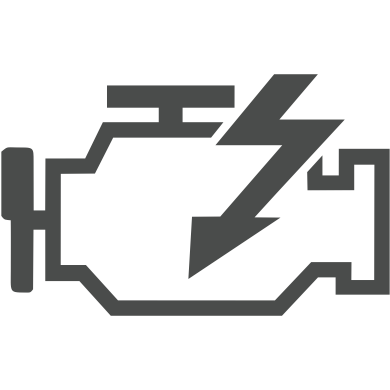SSK wrote:In these days, 2 pedal is standard in the top categories(i.e. Formula1, GP2 LMP1,etc.). Most driver use their left foot on braking. They overlap the throttle and brake around the corner exit.They use the advantage in using left foot braking to control the body motion and vertical load.
I could roughly understand the advantage but I want to know more detail.
Could you tell me the advantage in detail and the point which the engineer should consider to set up the race car which is usually driven by right foot braking driver?
I don't understand in great detail, possibly no more than you do already, but I'll say it how I see it and maybe it will be of use...
Think about the physics of a car in motion. If you think that there is a finite amount of grip available at each tyre and that amount of grip has to deal with, at the front, braking and steering, and at the rear, braking and acceleration. Push any tyre too hard and it will lose grip and either lock up of slide - neither of which is desirable.
When you brake the weight distribution is moved forwards (simplifying the physics a lot, I'm sure someone else can chip in with more detail if needed) and so the front tyres have to do more work. When the accelerate the opposite happens, weight shifts rearwards and the rear tyres have to work harder.
When you're cornering you want to find a balance so that the front and rear tyres are both being worked as hard as you can without exceeding their finite amount of grip at the right points in the corner. By balancing brakes and throttle in a turn this is what you're attempting to do...balance the weight distribution shift at the right points. So you can have more grip at the front on turn in, more grip at the rear on traction and gradually shift between the two as you progress through the corner which will be inherently more stable (and faster) than switching from one to the other.
Doesn't that make sense??

